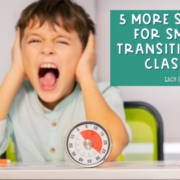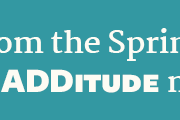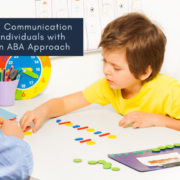5 MORE Techniques for Smoother Transitions in the Classroom

Welcome Abby back from Mrs. Moe’s Modifications as she guest blogs all about techniques for smoother transitions in the classroom! Check out her full blog here. This is a part 2 from the previous blog I shared where Abby gave some perfect ideas to support students in smoother transitions in the classroom.
#6 Transition Object for Smoother Transitions in the Classroom
A transition object is like a little “bridge” that helps students move from one activity to the next. Think of it as a small, familiar item they can hold onto as they move through different parts of the day. For example, a favorite stuffed animal, a special fidget, or even a “transition buddy” like a tiny toy car can give students something comforting to focus on, especially during tougher transitions.
Kids often feel a little more at ease when they can bring something familiar along for the ride, kind of like adults might with that morning coffee or a trusty planner! Transition objects can make even the most dreaded switch—from preferred activities to a more structured one—a little easier because they provide a sense of security. As they hold their special item, they feel more prepared to face whatever’s next.

Keep it simple and consistent by using the same object for specific transitions or allowing them to pick from a small, familiar selection. Over time, they’ll start associating that object with smooth transitions and, hopefully, with fewer worries along the way!
Tips for transition objects:
- consider a location the object can be ‘stored’ once the student transitions
- explicitly teach the expectations around the object before giving it to them
- can even be tied with a schedule and just be a cue to go check their schedule
- the object could even be a visual cue card that says ‘switch’
#7 Pair with a Reinforcement System
Once students do the transition- we need to reinforce that behavior for it to happen again in the future. Pairing transitions with a reinforcement system—like earning tokens, stickers, or points for completing tasks—can help make moving from one activity to the next more rewarding. Think of it as a way to celebrate those small wins, like getting through math time or wrapping up circle time without a hitch. It does not mean that for every single transition they need to earn a prize, but rather using the reward system they already have in place.
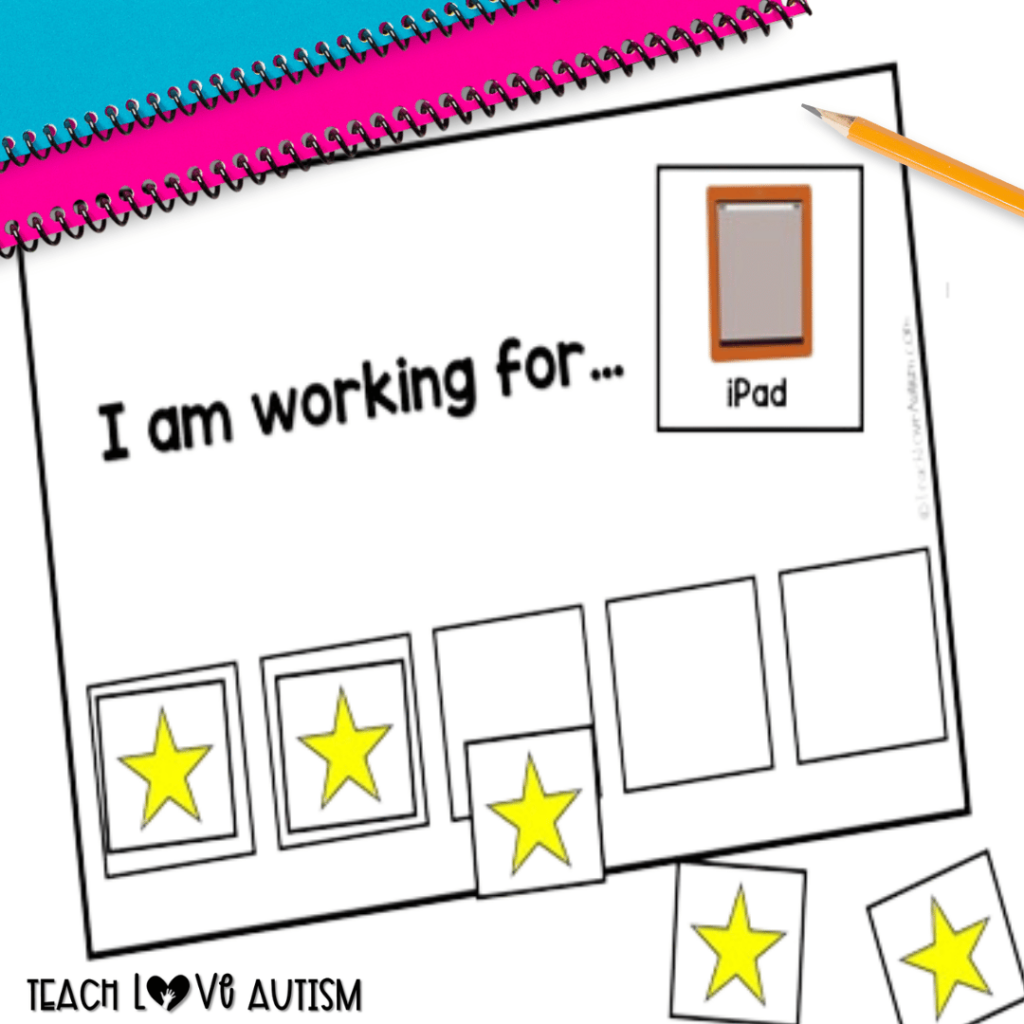
If you have a student who is using something like a token economy this would be useful to you for each major transition. Then for the transition times, they can earn an additional token. This will again motivate them to have successful transitions.
Or if you have a student on a token economy, they can earn a token for each transition that will be working towards their reward.
Here is a blog about using breaks and reinforcement in the classroom.
#8 Use Wait Time for Smoother Transitions in the Classroom
Giving kids a little “wait time” during transitions can be an easy trick for a smoother transition in the classroom. Instead of rushing them to wrap up what they’re doing, allow a few seconds (or minutes, if possible) to mentally shift gears. Imagine someone interrupting your favorite show without warning—no one loves an abrupt stop! For kids, a little wait time can help them adjust and get ready for what’s next without feeling like they’re being yanked away mid-task. You want to be sure you give them enough time to process, finish their task, and make the transition.

You can also use wait time in a different way- to avoid getting into a power struggle. Continue to prepare the student for the transition, but then when it is time to do the transition, tell them once. Then just wait.
Do not constantly remind them of the expectation. Many times students need wait time to just process the verbal information and will be ready to go in just a few short moments. Students may have a hard time processing the directive or with the attention shift and just need time to work through it. Although we was adults feel as though we need to constantly be moving through our school day with how much we have to get through, giving a couple of moments will actually give you more time back because you won’t be dealing with problem behaviors!
#9 Use Social Narratives
Social narratives, or social stories, are like little stories that help students understand what’s going to happen and how they can handle it. These short, simple stories explain transitions step-by-step, helping kids picture what to expect and how to act. They are perfect for having smoother transitions in the classroom. Imagine being told you’re going somewhere new without any details—that could be a bit nerve-wracking! Social narratives give kids the information they need so there are fewer surprises.
You can create a social story for almost any transition, like going from playtime to clean-up or moving from one class to another.
#10 Use Behavioral Momentum for Smoother Transitions in the Classroom
Behavioral momentum is all about building success before tackling bigger challenges. Starting with easier tasks can help students feel confident and ready to take on whatever comes next. By beginning with activities they can be successful at, it can build up the momentum so they are less likely to refuse the transition. These can be thought of as transition activities even.
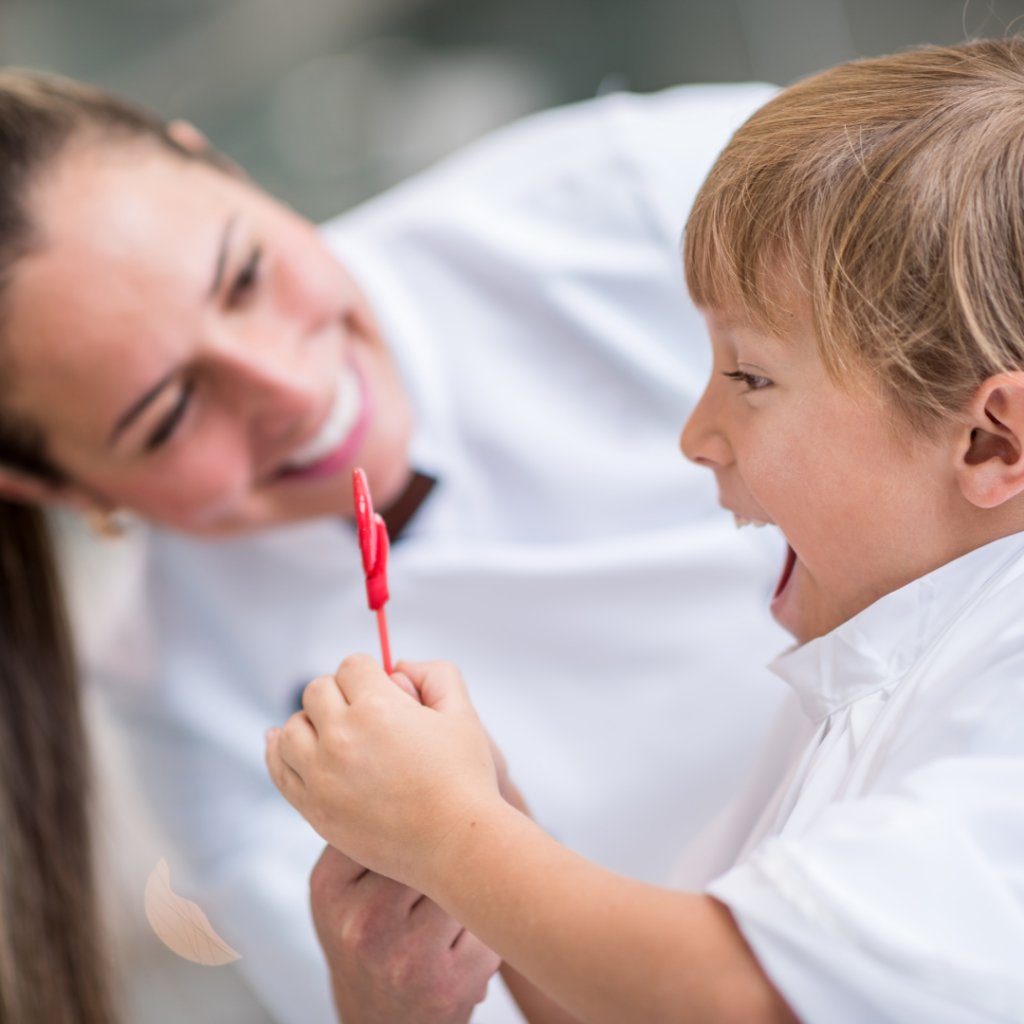
Transitions can cause challenging behaviors for some students, especially those with autism, but with a little creativity and planning, we can make these shifts smoother and more manageable. By implementing strategies like using a pause button, visual schedules and social narratives, we empower our students to embrace change rather than resist it. These are effective ways to be proactive about behaviors to intervene before they begin. Remember, the goal isn’t to make transitions happen overnight; it’s about building habits and routines that lead to lasting success. Your specific situation may not need all of these strategies, but it is good to have several in your back pocket for when you are trying to support a student through their transition.
As you explore these strategies, keep in mind that patience and reinforcement are key. Each small step forward is a victory worth celebrating! Whether your students are transitioning from one activity to another or adjusting to a new routine, the right tools and a supportive environment can make all the difference.
The post 5 MORE Techniques for Smoother Transitions in the Classroom appeared first on Teach Love Autism.

